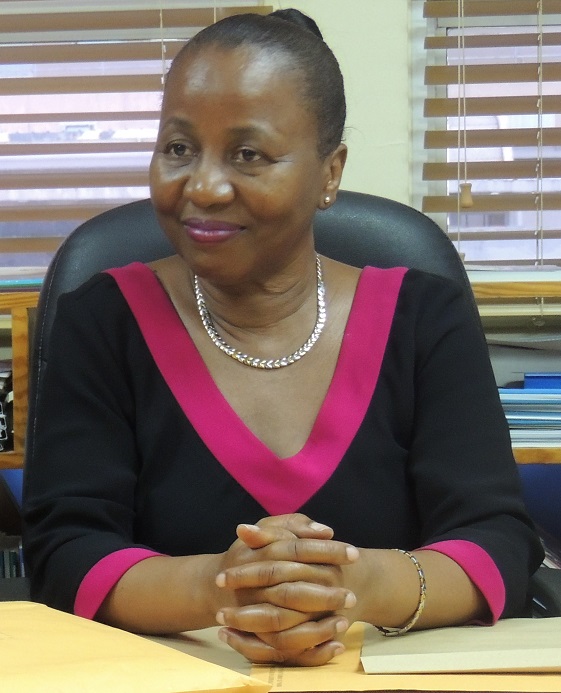Kingston, Jamaica-
CARIMAC Times, the annual magazine of the Final Year Print and Online Journalism students of the Caribbean Institute of Media and Communication, (CARIMAC), UWI, Mona, has, since 1983, tackled issues such as Sexual and Reproductive Health, Men and Masculinity, Poverty, Stigma and Discrimination and most recently, the Impact of Culture on Lifestyles and Attitudes. The magazine is part of the students' final project, which is designed to help them develop their analytical, writing, reporting and designing skills.
CARIMAC Times was first printed as a tabloid in the 1980s. By the early 90s the format of the publication had not only changed from tabloid to magazine, but expanded from being a product aimed at the UWI community, to national and regional audiences. When the magazine was first published, funding for printing was provided by the department, but as the government’s subvention to the university decreased, the students were forced to take on the task of soliciting funding for the publication. This new undertaking by the students, led to the collaboration with the UNFPA.
“The UNFPA has been a part of CARIMAC Times’ lifeline over the past few years and if it had not been for its generous support, CARIMAC Times would not have been possible,” said Dr. Corinne Barnes, Coordinator of the Print and Online Journalism Specialization and Lecturer at CARIMAC.

She explained that as a media training institute, CARIMAC is concerned that stories about people and development are not being given sufficient coverage in the mainstream media. As part of its commitment to prepare students to make a valuable contribution to the media and communication industry, “we are very deliberate about the themes we choose each year,” said Barnes.
Lifestyles, CARIMAC Times’ 2013 edition, explores issues of popular culture which include dance, music, film theatre and art. It demonstrates the students’ grasp of journalism principles to which they were exposed during their studies at CARIMAC.
Director of CARIMAC, Professor Hopeton Dunn is pleased with the quality of the work the students have displayed in the production of the magazine. “We look forward to furthering the partnership between CARIMAC and UNFPA, and to advancing the use of both traditional and new media to promote and reflect development goals and behaviour modification among young people,” he added.
“At UNFPA we are about empowering young people because we recognize that given the right information, opportunities and support, young people will shape their future and contribute positively to the development of their country and the region as a whole,” said Patrice La Fleur, Officer-In-Charge, UNFPA, Sub-Regional Office for the Caribbean.
She said the value the UNFPA places on the role of the media in influencing attitudinal and behavior change is the reason for its continued investment in initiatives such as training sessions for journalists, and in helping to build journalism skills in future media professionals like the students at CARIMAC.
With programmes in over 140 countries across the world, the UNFPA is the world’s largest source of population assistance to governments and countries. This branch of the United Nations, seeks to advance the health and inclusion of adolescents and young people, and to create an enabling environment for them to take action to avoid unintended pregnancies, sexually transmitted infections- including HIV and AIDS - and in general to chase their dreams.

